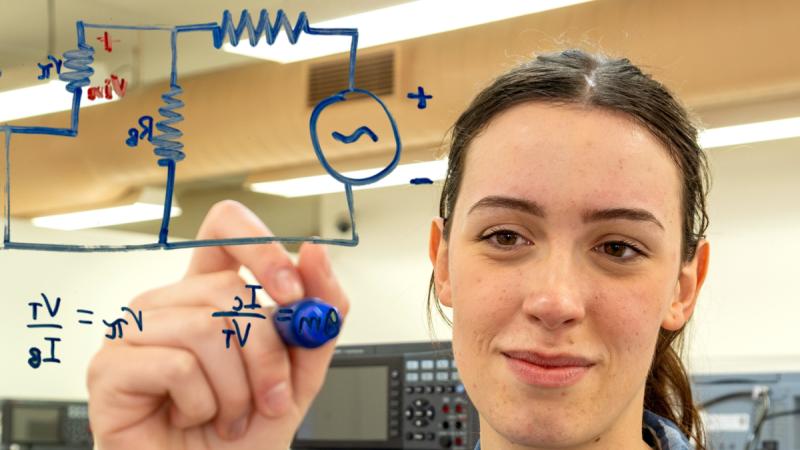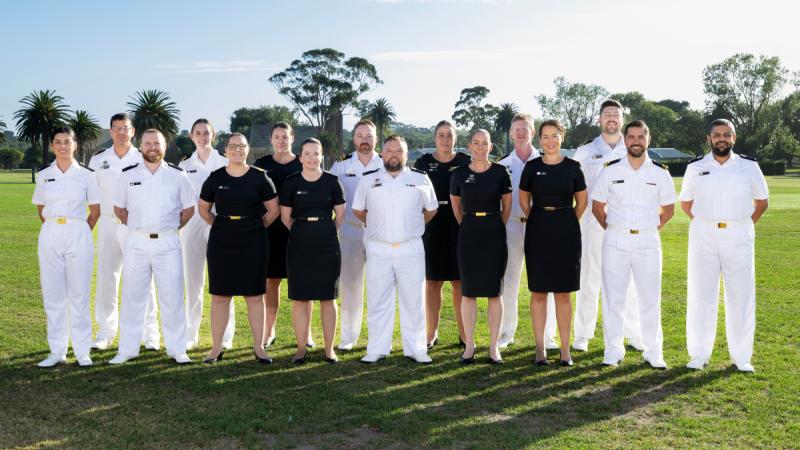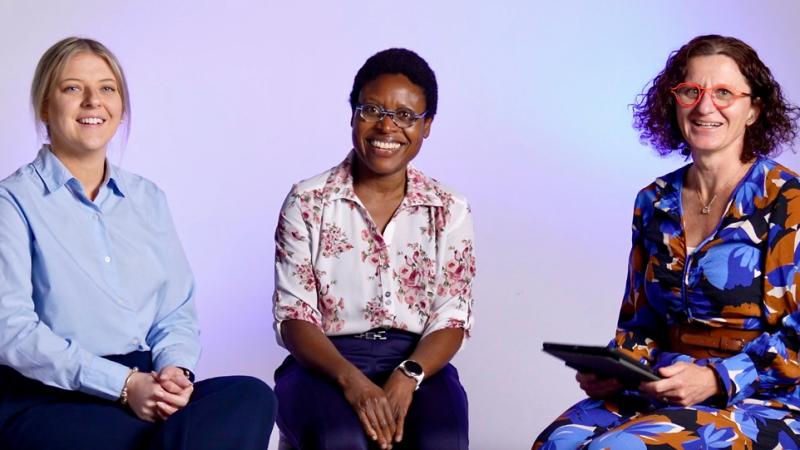17 November 2020
Leading Aircraftwoman Hayley Daniel has deployed from one end of the country to the other serving on Operations Pincer and COVID-19 Assist this year.
“The operations I supported were very different, but both were trying to control the virus and limit community transmission,” Leading Aircraftwoman Daniel said.
In February during the Australian Border Force-led Operation Pincer, she supported daily checks of the quarantined Australians repatriated from Wuhan, China.
Before arriving at Howard Springs in Darwin, personnel were trained to safely use personal protective equipment (PPE) and the buddy-check system.
“We were in full PPE, wearing glasses, masks and gowns. That was challenging because of Darwin’s humid weather and the masks made it harder to understand each other,” Leading Aircraftwoman Daniel said.
“Our job was to go around making sure the repatriated Australians weren’t developing symptoms and were doing okay.”
As one of five No. 1 Expeditionary Health Squadron members deployed, she was buddied with an Australian Medical Assistance Team nurse and looked after about 41 evacuees.
“Even though they weren’t all English-speaking, I got to know them by name in the end and they were so grateful,” Leading Aircraftwoman Daniel said.
“It was fun seeing the little kids play with rocks, drawing on the footpath with chalk and making games.”
Soon after Operation COVID-19 Assist was announced in April, one northern Tasmanian hospital closed and staff quarantined to halt an outbreak.
Fifty Defence and seven Australian Medical Assistance Team health professionals deployed support to the North West Regional Hospital for more than two weeks.
This was the first time the ADF had been called on to operate a domestic hospital.
It was okay when COVID-19 numbers were 140. But it kept increasing and as it jumped to around 600, we realised we’d be there for ages.
Leading Aircraftwoman Daniel worked in the hospital’s emergency department and dealt with their computers, Medicare and insurance.
Deploying again in July, she spent about five weeks at the Melbourne Showgrounds assisting the Victorian Department of Health and Human services with drive-through testing during Victoria’s second outbreak.
In the beginning, Leading Aircraftwoman Daniel saw Melbournians wait up to four hours for a test.
But when it doubled to four lanes, they pumped through 180 swabs an hour and 1200 people a day at its busiest, with walk-in satellite stations established nearby.
“The hardest part of the deployment was realising it would continue much longer than indicated,” Leading Aircraftwoman Daniel said.
“It was okay when COVID-19 numbers were 140. But it kept increasing and as it jumped to around 600, we realised we’d be there for ages.
“It was meant to be a 10-day testing blitz, but we were there for 10 weeks.
“As they started getting heavy on restrictions, we weren't allowed to hang out after work or eat together. The only time we could mingle was while exercising one hour a day.”
As numbers started reducing, Defence staff switched to help with aged care and Leading Aircraftwoman Daniel joined a screening team with the Victorian Aged Care Response Centre.
She entered about 35 different centres with a nursing officer and another team, confirming there was enough sanitiser, staff knew how to use PPE correctly and they understood the virus.
“We checked they had back-up plans for enough staff or if they could pull staff from other places, did they have hot and cold zones if they were to get a positive case, and had they thought about food supply if their chefs were to get crook,” Leading Aircraftwoman Daniel said.


